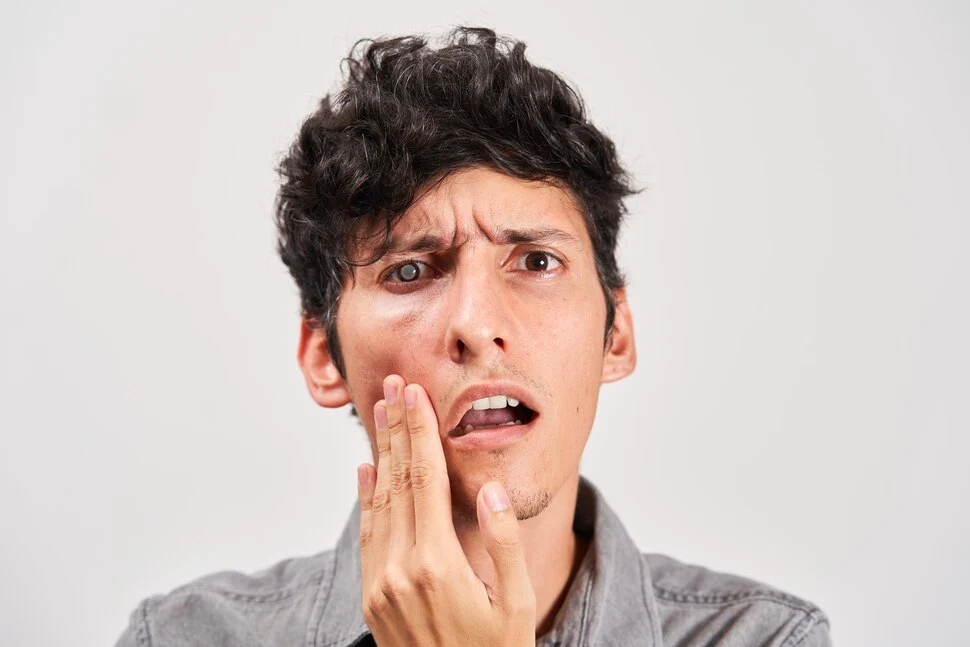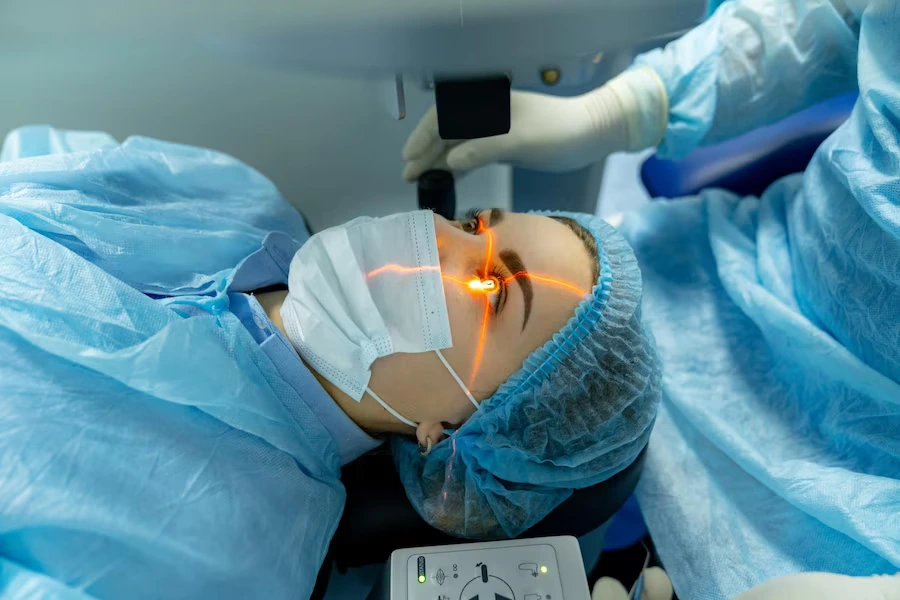Summer is a season of sun-drenched days, outdoor adventures, and longer exposure to natural light. While we’re quick to apply sunscreen and don a hat to protect our skin, many overlook one critical part of the body, “our eyes”.
Eye safety during summer months is not just a precaution, but a necessity. With increasing UV intensity and extended daylight hours, your next eye exam should go beyond routine checks and include a conversation about UV protection for eyes.
In this blog, we’ll dive into how the summer sun affects your vision, what kind of damage UV exposure can cause, and why UV damage prevention should be a top priority in your summer wellness checklist.

Why UV Exposure is a Hazard
Most people know UV rays can burn their skin, but as it turns out, excessive exposure to the sun isn't just bad for your skin, it can be detrimental to your eyes also. UVA and UVB rays will pass through the surface of the eye and may harm internal components, such as the lens and retina, over time posing a threat to your eye safety.
This can lead to conditions such as cataracts, macular degeneration, and photokeratitis, which is essentially a sunburn of the eye.
Eye safety is not limited to physical threats from debris or blunt trauma. It's also about the invisible threats as well; specifically, UV radiation that causes ocular degeneration.
It may take a lifetime of daily, unprotected exposure for the cumulative damage to show up at the eye doctor's office, but this is why it's so important to take proactive measures for UV damage prevention, especially during peak sun months.
What Happens Without UV Protection
If your eyes aren’t adequately shielded, short-term effects can include redness, irritation, tearing, and increased light sensitivity. Long-term consequences are more serious and may include:
- Cataract formation
- Macular degeneration
- Corneal sunburn (photokeratitis)
- Eye cancer in rare but documented cases
By neglecting UV protection for eyes, you’re exposing yourself to cumulative damage that could threaten your long-term vision health.

How an Eye Exam Can Assist with UV Safety
A complete eye exam includes more than just vision correction; it’s time to evaluate your risk of UV-related damage. Your optometrist can examine your eyes and check for early signs, including lens clouding or corneal abrasion, of any sun wear and tear.
More importantly, optometrists can offer recommendations for lenses or treatments that are individualized to your risk factor ensuring eye safety for longer duration.
When considering UV protection for the eyes, it is a good idea to consider that during your exam because you will be leaving not only seeing perfectly but seeing safely. Moreover, it is the right time to acquire prescription lenses that include UV glasses or tints that best protect you from the sun.

Summer Eye Care Tips to Protect Your Vision
Here are some summer eye care tips that are easy to implement and make a big difference in preserving eye safety:
Get proper UV Glasses:
Choose sunglasses that block 100% UVA and UVB rays. Sunglasses reduce glare but do not filter UVs. Just because they are prescription or non-prescription UV glasses does not mean they offer full-spectrum protection. The best wraparound sunglasses or full-frame sunglasses can help to block the UVs that can come in from the sides of our eyes
Wear a Wide-Brimmed Hat:
Hats can block 50% of the UV that can get to our eyes! Hats are a fantastic layer of UV damage prevention and a very clever fashion accessory.
Avoid the Hours of Peak Sun:
Sun rays are considered "skin burning" time, and their intensity is the strongest between the hours of 10 a.m. and 4 p.m. Prolonged exposure during this time of day should be avoided and wearing UV glasses consistently before and after peak times is recommended to ensure eye safety.

Use Artificial Tear Drops:
Prolonged sunlight exposure to wind or from air conditioning in dry areas can lead to dry eyes. The use of lubricating drops helps to add and maintain moisture and prevent surface irritation, which is a small but important piece of eye safety.
Early Eye Protection for Children:
Children are susceptible to UV damage while their eyes are still developing. Appropriate UV glasses or sunglasses along with wide-brim hats should be encouraged when you are outdoors during summer months. If you take your child to an eye examination, make sure to include the topic of UV protection for their eyes.

What to Ask During Your Next Eye Exam
When visiting your optometrist this summer, ask the following:
- Do my current lenses provide 100% UV protection?
- Should I consider prescription UV glasses?
- Are there early signs of UV damage in my eyes?
- How often should I be screened for UV-related eye conditions?
These questions help make your exam more proactive and targeted toward UV damage prevention.
If you’re not sure about getting an eye exam, check out our blog on
Act today!
At Elite Eye Care, we prioritize long-term vision health with advanced screening, personalized recommendations, and a wide selection of UV glasses tailored to your lifestyle. Book your comprehensive eye exam today and take the first step toward year-round eye safety; your future vision will thank you.
